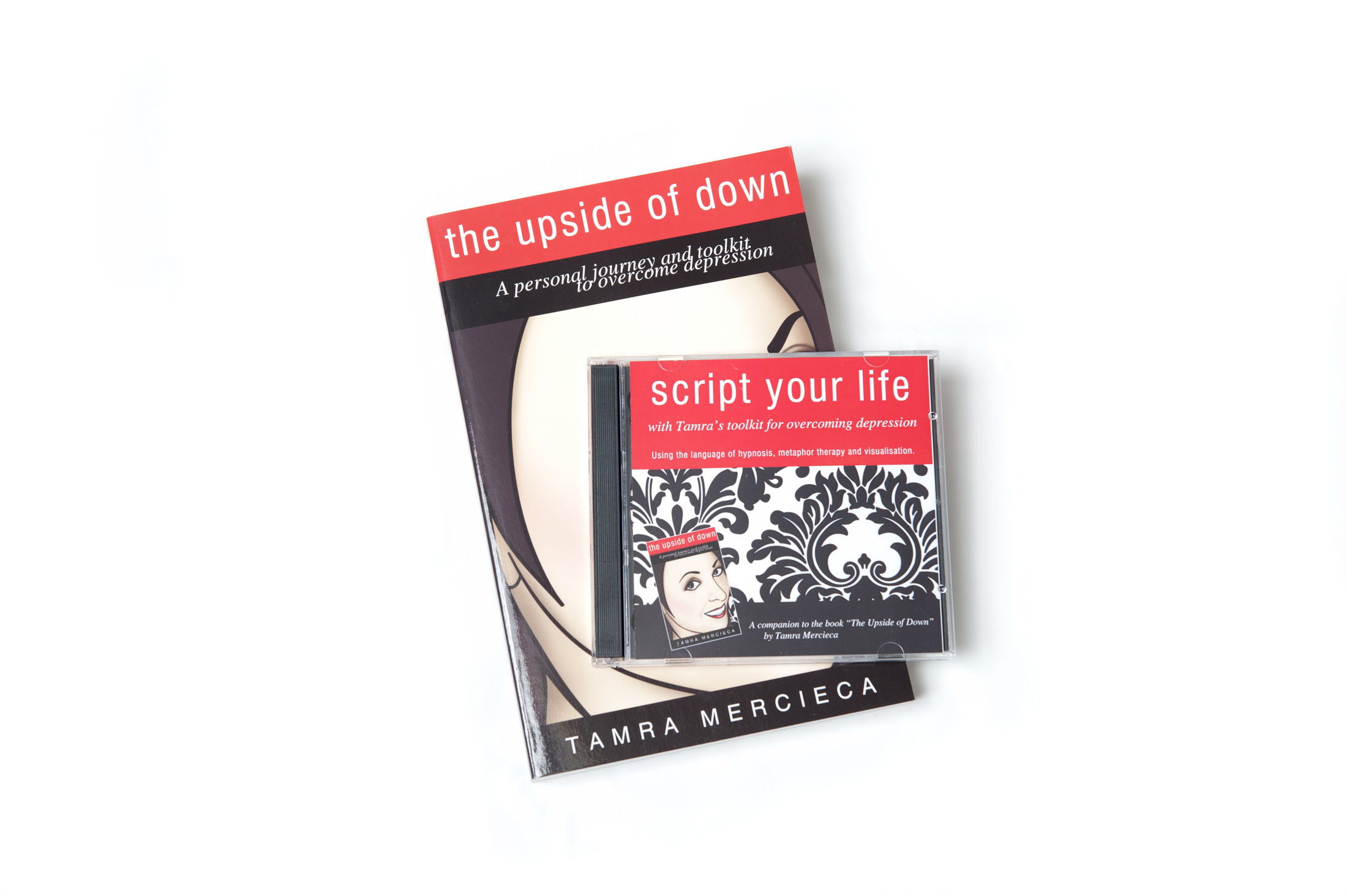
The cold dreary days of winter are upon us and that can be dangerous for those prone to depression.
But we don’t have to get SAD.
We’re all familiar with depression these days, but how much do you know about it’s seasonal cousin?
Seasonal Affective Disorder or ‘sunlight starvation’ usually strikes at the start of winter and ends in spring or early summer.
Some people refer to it as the ‘winter blues’ but it can be a lot more serious than that.
People who suffer from SAD get the common signs of depression: sadness, anxiety, irritability, loss of interest in their usual activities and the inability to concentrate.
They can often suffer other symptoms such as extreme fatigue and lack of energy, the need for more sleep, a desire to be alone, craving for carbohydrates, and increased appetite and weight gain.
The exact cause of this condition is not known, but the winter variety is often blamed on a lack of available sunlight.
One theory is that with decreased exposure to sunlight, the biological clock that regulates mood, sleep and hormones is delayed, running more slowly in winter.
So how do you remedy this?
Like depression, getting to the root cause of Seasonal Affective Order is the answer.
And this can be done with a therapist who practises subconscious mind techniques.
But as I discuss in my book The Upside of Down: A personal journey and toolkit for overcoming depression, there are other activities you can do also.
Keeping active is a must as it pumps happy chemicals into the bloodstream.
Eating foods that are high in serotonin will also make you feel better.
These include salmon, bananas, leafy greens, cashews, walnuts and asparagus.
Drink plenty of water because dehydration leads to fatigue.
Laughing is a fool-proof way of changing your mental state.
And if you’re really struggling, acupuncture is brilliant!
But if you want to get to the root cause of what is making you SAD, then check out my One-on-One Intensive where I help you strip off the layers of childhood conditioning so you can live happily right now.
